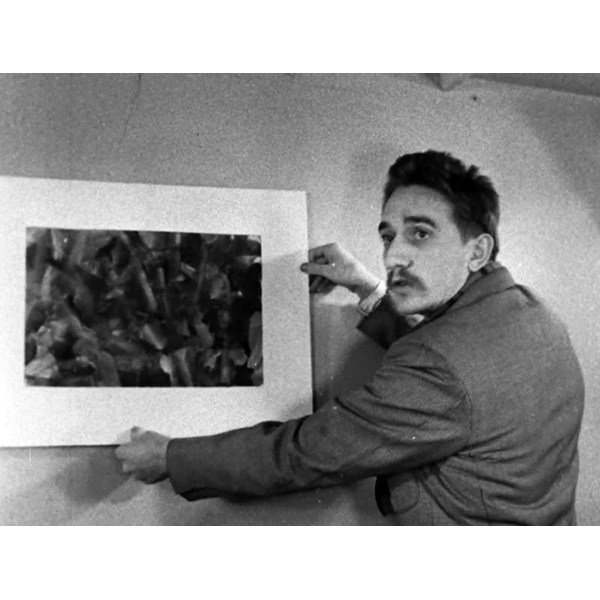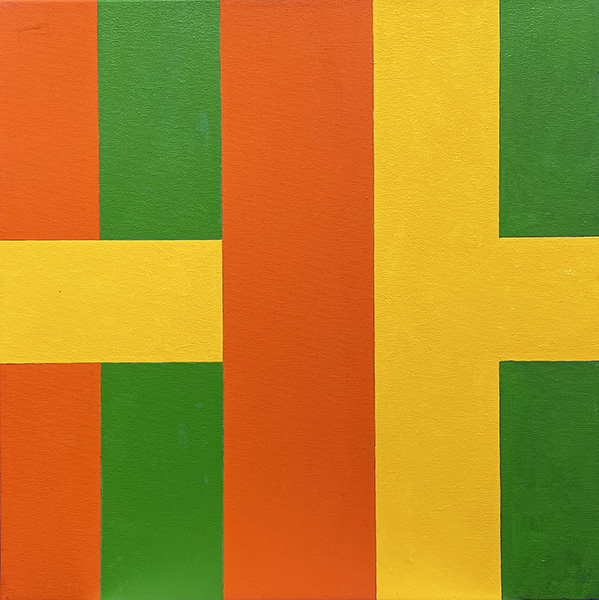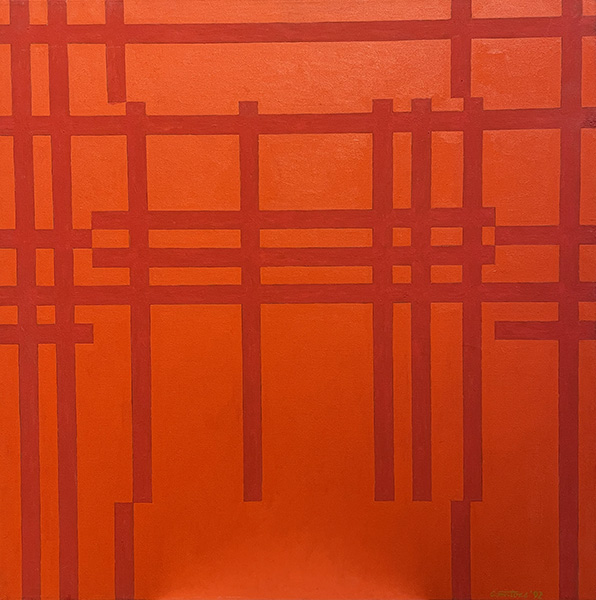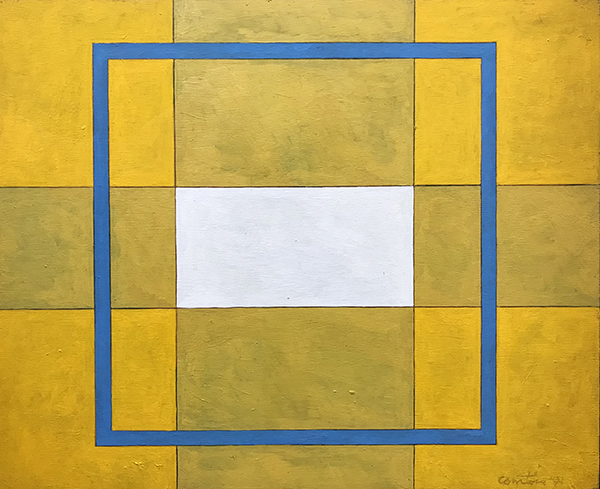Ulysse Comtois
Ulysse Comtois (1931-1999) - Artist Biography
The career of painter and sculptor Ulysse Comtois spans more than forty years. He exhibited with the Automatistes , an important artistic movement that would radically change the Canadian art world, and was also one of the first sculptors in the country to experiment with the technique of welded metal. In 1978, he received the prestigious Paul-Emile Borduas prize for his contribution to the Quebec and international artistic scene.
In 1948, Comtois left Granby to enroll at the École des beaux-arts de Montréal, which he soon abandoned, realizing that his interests were more in tune with the ideals of the Automatistes led by Borduas than with those of a traditional institution. In 1954, he participated in the famous automatist exhibition La Matière chante at the Galerie Antoine. In Montreal, Comtois also frequented the Plasticiens and their rigorous geometric abstractions. From 1960, he mainly created modular sculptures, inspired by a visit to a New York exhibition of works by the sculptor Julio González. Comtois rose to fame with his three-dimensional pieces, such as Colonne(1967-1968), and in 1962 obtained a grant from the Canada Council for the Arts, which allowed him to travel to Europe and Israel for a year.
In 1967, he was commissioned to do a mural for the administration and media information pavilion at Expo 67 in Montreal, and he received a further grant from the Canada Council for the Arts later that same year. The following summer, he represented Canada at the Venice Biennale and served as a member of the visual arts jury of the Canada Council for the Arts in 1969.
Comtois returned to painting in the 1970s using an enlarged pointillist technique to explore the energy generated by vivid chromatic juxtapositions. Continuing his oscillation between expressive and geometric forms, he became interested in revisiting Mondrian's legacy in his painting. Very knowledgeable about the history of sculpture, the artist taught at the Université du Québec in Montréal in the early 1970s, and subsequently at Concordia University. He was awarded the prestigious Paul-Émile Borduas Prize in 1978 by the Government of Québec, and the Musée d'art contemporain de Montréal organized a comprehensive retrospective of his work in 1983.
Major Collections:
National Gallery of Canada, Ottawa, ON
Montreal Museum of Fine Arts, Montreal, QC
Musée National des beaux-arts du Québec, Quebec City, QC
Musée d'art contemporain de Montréal, Montreal, QC
Art Gallery of Ontario, Toronto, ON
Museum of Modern Art, New York City, NY
Musée d'art de Joliette, Joliette, QC
Art Gallery of Hamilton, Hamilton, ON
Vancouver Art Gallery, Vancouver, CB
The Robert McLaughlin Gallery, Oshawa, ON
Musée Laurier, Victoriaville, QC
Musée de Lachine, Lachine, QC
The Winnipeg Art Gallery, Winnipeg, MN
Musée du Mont-Saint-Hilaire, Mont-Saint-Hilaire, QC
Musée du Bas Saint-Laurent, Rivière-du-Loup, QC
Museum London, London, ON
Agnes Etherington Art Centre, Kingston, ON
Carleton University, Ottawa, ON
Université de Montréal, Montreal, QC
Concordia University, Montréal, QC
Awards & Distinctions:
Association des artistes non-figuratifs de Montréal
Paul-Émile-Borduas prize (1978)
Louis-Philippe-Hébert prize (1991)
Artist Specialization: In his fine art Comtois produced non-figurative paintings to break out of the mould of traditional art and was associated with the Automatistes around 1950. Some of his work consisted of colour bars over a background of bright colours. One such work done in 1956 was acquired from artist Henriette Fauteaux-Massé by the NGC for its collection. By the 1960s he was creating novel sculptural pieces first in wood then in metal. The NGC acquired three of these, two in wood and one made from 70 aluminum plates fitted over a steel rod w/base entitled Column (1967-68). Each of the plates can be swung through a full circle separate from the other to make different shapes out of the whole piece. In this period he also produced a relief mural for the entrance of the Expo ’67 Administration & News Building. His impressive sculptural pieces attracted favourable attention of critics. One of his moveable sculptures, acquired by the MMFA, was noted by Lawrence Sabbath as follows, ”Ulysse Comtois should have his name writ large in the history books of art, for he is one who believes that art need not be sacred, that it can be a source of fun without any loss of respect for artist or object. As an example of 20th-century art that need not frighten off the onlooker and which indeed encourages him to re-design it in novel ways, . . .”





